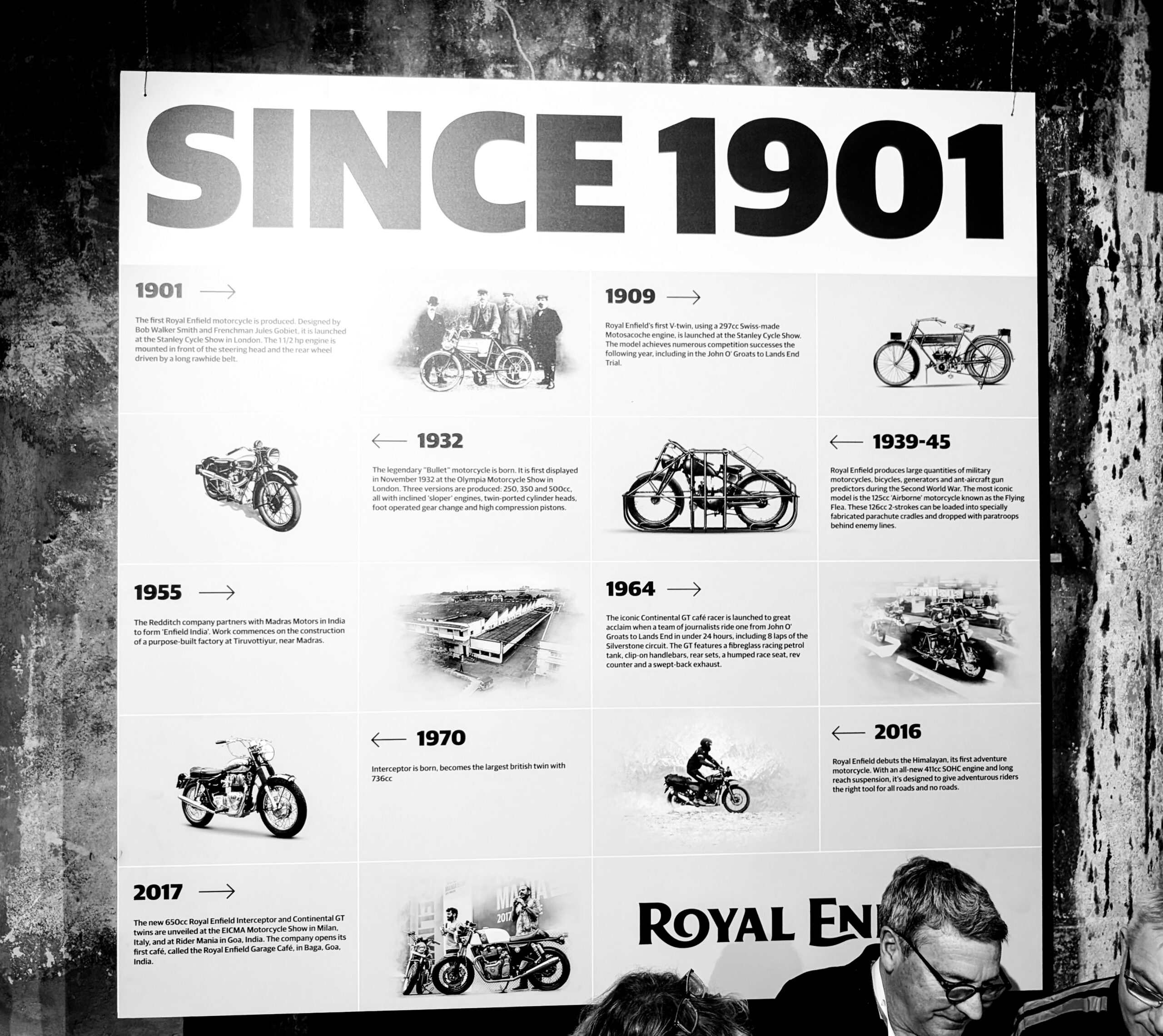There has always been an elemental symmetry to M&A: A seller concludes that a business or asset does not fit its enterprise portfolio, and a natural buyer recognizes that the same target is a strategic match. Put simply, there’s a buyer for every seller, or so the logic goes.
However, the ideal does not always meet the reality. Despite a recent increase in M&A activity across many sectors during 2024 (including a first-half increase in deal value that was 22 percent higher than the corresponding first six months of 2023), some industries face challenges that can’t be addressed by a traditional, straightforward pairing of a seller with an obvious buyer—or, it may seem, with any acquirer at all. This is particularly so in the following cases: in highly competitive, low-margin market segments; when competition is highly cyclical and cash intense; when a sector may be exposed to “sunset” technologies; or when business lines have limited product differentiation. Companies may also be compelled to sell under suboptimal circumstances, such as complying with regulatory conditions to close a deal, which may result in a reduced price.

Many of these challenges are confronted by sectors globally. They are particularly evident in the automotive industry. Not surprisingly, automotive M&A activity hit a 20-year low in 2023—and hasn’t meaningfully bounced back (Exhibit 1). Looking at advanced industries more broadly, the sector’s share in global M&A deal value decreased from a peak of 12 percent in 2020 to only 5 percent in the first half of 2024. This low activity level is fueled in particular by tectonic change in the sector, not least the rise of Chinese OEMs and the global transition to battery electric vehicles (BEVs).

And yet, for all the headwinds, deals and business combinations still do get done in the automotive industry—often in highly creative ways. In many cases, the solutions offer valuable lessons to nonautomotive companies across sectors and regions. They demonstrate, too, that it’s best to act sooner; the longer a company waits to move forward on a deal, the more difficult a transaction might be or the smaller the window of opportunity may become. In this article, we explore the dynamics of doing a deal under challenging circumstances and highlight innovative approaches that dealmakers in the automotive ecosystem—and beyond—are taking.
Automotive uncertainty: A template for challenging M&A conditions
For more than a century, the automotive industry has been a dynamo for local and global economies. That’s still the case today, and the mobility ecosystem will remain essential in the decades ahead.
Yet beneath the surface, the automotive industry is experiencing tectonic change. Some shifts are so evident that they’re already redefining how humans think about and interact with automobiles. Consider, among other examples, the disruptions brought about in recent years by ride-hailing applications, the decline of licensed drivers in some major economies, and the massive digitization of automobiles: In fact, a decade ago, the number of lines of software code in the average high-end car surpassed the number in a jumbo jet—by a factor of seven.
Another major shift is the rise of electric vehicles (EVs), a development that augurs both opportunity and uncertainty. Part of the unpredictability stems from shifting regulations, including but not limited to positions on BEV subsidies, internal combustion engine (ICE) phaseouts, and evolving emissions rules. A related dynamic is geopolitical: Automakers from regions such as North America have been losing about one point of market share per year to OEMs from overseas over the past two decades. Tariff and trade rules may also be in for significant turbulence.
Challenging dynamics are reflected in low valuation multiples (Exhibit 2). Today, many automotive companies also have high exposure to sunset assets—products and technologies with a limited lifetime and a negative growth outlook. Indeed, the median 12-month forward price-to-earnings multiple for global top 5,000 companies recently reached a factor of 17 times earnings for companies focused on EV and electronic components. Multiples are approximately eight times earnings for those with a portfolio focused on ICE-related components.

It’s not surprising, therefore, that traditional corporate buyers in automotive are expressing a limited appetite for acquisitions, given their own needs for transformation. Cash reserves for many of these players, even beyond incumbent OEMs, are relatively lower, and challenges in operating performance make targets less attractive. Financial investors, such as private equity funds, are also dialing back their interest in automotive acquisitions, with the exception of a small number of funds that are focused on restructurings; this decline is evident not only with respect to ICE-related assets but also for assets focused on EVs.
Getting creative about dealmaking
For the many automotive companies that seek to divest businesses or assets to strengthen their balance sheets, improve financial performance going forward, and reduce exposure to certain segments, dealmaking has proved particularly challenging. Sellers need buyers, but at present, in the automotive sector, the former outstrips the latter. Yet deals are still getting done, and not just by reducing prices. Effective dealmakers are getting creative by taking key practical steps.
Expand the universe of potential buyers
It’s understandable that sellers would envision that a potential buyer would come from a pool of current competitors—and not without reason, as these players could more easily capture efficiencies and instantly boost market share. But when competitors aren’t buying, dealmakers can expand the universe of potential acquirers beyond the usual suspects. For example, automotive companies in Europe and the United States are looking beyond their home geographies or near neighbors toward potential buyers in India, the Middle East, and Greater China. They can also expand beyond traditional industry players to identify deal partners with complementary capabilities, which can result in substantial synergies. For instance, one Europe-based automotive supplier recently sold a 50 percent stake in one of its assembly businesses to an Asia-based electronics manufacturer. The new venture is designed to take advantage of expansion opportunities for a global market.
When competitors aren’t buying, dealmakers can expand the universe of potential acquirers.
Of course, not every pairing will fit so fortuitously, particularly if the seller wishes to set the target price within a recent historical range. If (as a thought example) the target price were $1, the universe of potential buyers would obviously be much larger. Clearly, sellers should not seek to slash asking prices just for the sake of expanding the number of potential buyers. Instead, they should be thoughtful about what a target’s intrinsic value actually is. Because of a shift in competitive dynamics and technologies, the target may be a “melting ice cube” or what academics might term a “cash cow”—a declining business, asset, or product that continues to produce positive cash flow but is unmistakably trending down and which the buyer should manage for decline. When sellers are frank in that assessment, they can be more thoughtful in identifying financial buyers whose value proposition is to better manage the decline—even if that means, to continue the analogy, simply that the ice cube would melt more slowly.
Transform before transacting
Another potential path is transformation. Changes should go beyond surface-level touch-ups. A transformation can unlock the potential for significant value creation, enhancing a business’s competitive edge by integrating new technologies and reimagining business strategies when the target becomes part of a different organization. This approach not only maximizes growth opportunities but also significantly improves core operations and talent development. The initiative can lead to improved efficiency, better customer experiences, and stronger financial performance—a more attractive target.
In the automotive ecosystem, effective dealmakers generate clear proof points and establish track records of improved positioning and operating performance to showcase the target’s potential. For example, suppliers use full or focused transformations to strengthen their connections with OEMs that are considered “winners of the future.” Other players, including OEMs, can achieve tangible results by optimizing their manufacturing footprint, reducing capital expenditures needed, and improving net working capital efficiency.
Tell a more tailored story
Sometimes, obstacles go beyond target performance and are fundamentally a challenge of communication. Not every deal story resonates with every buyer. Different buyers have different needs and strategies; a one-size-fits-all approach doesn’t work as a general matter. When it comes to sunset technologies or competitively challenged markets specifically, the need for a highly tailored story becomes even more acute.
Different buyers have different needs and strategies; a one-size-fits-all approach doesn’t work as a general matter. When it comes to sunset technologies or competitively challenged markets specifically, the need for a highly tailored story becomes even more acute.
For example, for European or US players, a narrative for Indian or Chinese buyers may resonate more if it focuses on market entry. A universe of buyers, including financial acquirers, may be particularly drawn to a seller’s connections with winners of the future, cash conversion, and growth credibility for financial investors. For strategic investors, a more compelling deal story would highlight customer and portfolio complementarity and technology advancement. And as discussed, yet other buyers may actively seek out businesses that are in decline; these buyers have a mandate to seek out those very targets.
Ultimately, a deal thesis comes down to value maximization. Across sectors, sellers that develop a transparent and compelling narrative clearly explain how value drivers link to cash flow. This calls for providing detailed insights into a target’s strategy, competitive advantages, and operating skills. Companies that effectively manage their business portfolios rightly treat prospective buyers as sophisticated thought partners and are transparent about both successes and challenges. Depending upon the buyer audience, incorporating environmental, social, and governance factors beyond just carbon emissions can also be compelling.
Get proactive on alternative financing
Sellers can further expand the number of potential buyers by utilizing alternative financing methods such as earn outs, seller financing, and stock swaps. These methods help mitigate valuation volatility and liquidity challenges, making transactions more feasible for a broader range of buyers.
Earn outs allow part of the purchase price to be contingent on the future performance of the acquired business, reducing up-front costs and providing upside potential for sellers while offering downside protection for buyers; while its limits have come under closer scrutiny in recent months, particularly in the United States, clear contractual language can still make this option a powerful enabler. Seller financing involves the seller providing a loan to the buyer to cover part of the purchase price, easing immediate financial burdens and making the deal more accessible to buyers with limited capital. And stock swaps enable buyers to use their own equity as currency, preserving cash and ideally aligning interests between the parties—a tool that can be particularly powerful under challenging market conditions.
For example, one large automotive-equipment manufacturer purchased a controlling stake in a company with a prominent set of products in energy management, such as sensors and actuators for electric motors. The acquisition was financed by bridge facilities that included both a substantial bridge loan and buyer cash, including the proceeds of prefinancing transactions. Taking an innovative approach allowed the two companies to create one of the largest worldwide automotive suppliers. In another transaction, a leading supplier in the automotive-aftermarket industry acquired an adjacent business for cash at closing, plus an earn out of up to an additional 20 percent in the near-term quarters following closing.
Consider alternative transaction structures
Finally, players in the automotive ecosystem are considering alternative transaction structures beyond traditional 100 percent stock or asset sales; alternative transactions such as spin-offs and joint ventures can not only reduce the acquirer’s financial commitment and risks but also help build conviction going forward.
Spin-offs can significantly advance automotive dealmaking by allowing companies to focus on their core competencies and streamline operations, which can lead to improved efficiency and profitability. By creating independent entities, companies can attract targeted investments and enhance strategic flexibility, fostering innovation and competitiveness in the market. Like other forms of separation activities (such as carve-outs and split-offs), they can also help both the parent company and the new entity build distinct cultures and adopt new structures, enhancing their ability to innovate. Additionally, spin-offs and other separations can diagnose and correct areas of inefficiency, highlight new ways of working, and improve overall market performance by freeing up significant capital and resources. For example, one global automaker spun off a niche product line, which proceeded to enter into individual partnerships with digital natives more suited to its business and customers.
By creating independent entities, companies can attract targeted investments and enhance strategic flexibility.
In fact, multiple players across the automotive ecosystem are achieving strategic combinations through partnerships and joint ventures for collaborations that can bolster innovation, enable market expansion, and optimize resources. For example, some OEMs are partnering to build electric cars and developing internet-connected vehicles in Greater China, leveraging local distribution networks and regional expertise to broaden access to the other company’s product offerings. Two major companies in the broader automotive ecosystem, to take another example, have agreed to the joint development, production, and sale of a new fuel cell stack for automotive applications; one partner has the exclusive right to produce and sell the improved version, while the other commercializes it for other applications. And two European companies have partnered to focus on battery recycling, as both seek to enhance sustainability and resource efficiency in the automotive sector.
Deals don’t always have an obvious buyer, particularly when an industry’s technologies are beginning to sunset and sectors are experiencing tectonic change. But as the automotive industry demonstrates, proactive dealmakers can still find creative solutions for M&A challenges, getting deals done despite profound challenges and creating value for sellers and buyers—even when finding the right buyer requires a more imaginative approach.




